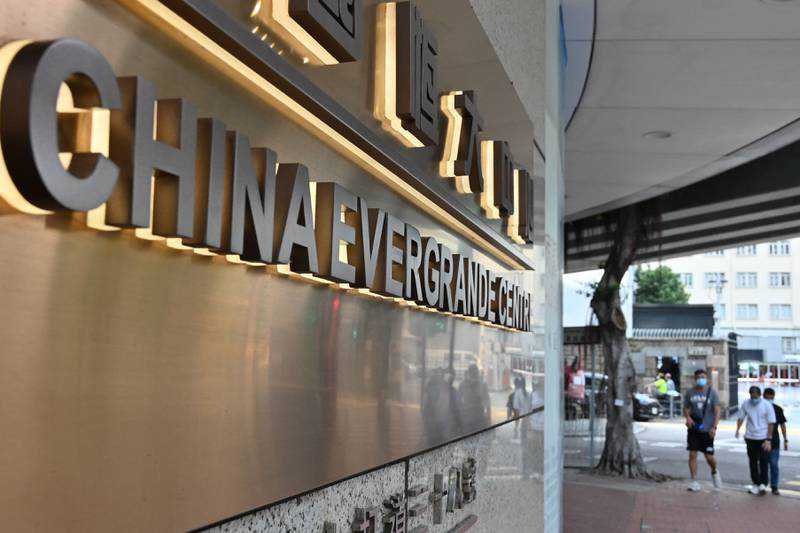Evergrande crisis sparks risk-off sentiment in Asia
22 September, 2021

US dollar strength picked up in September, with the dollar index building towards 94 levels. Sentiment has greatly eroded through the latter half of the month, sparked by weakness in China, and is picking up as markets expect a more hawkish US Federal Reserve at one of the more important Federal Open Market Committee meetings, which will be held late tonight UAE time.
If we start with the former, Chinese property developer Evergrande fell short of honouring its approximately $84 million worth of interest payments this week, exacerbating fears of a default, which would have a profound effect on China's economy. Real estate contributes about 10 per cent of the country’s gross domestic product.
With Evergrande’s total outstanding debt above $300 billion, the potential of a default would not only affect foreign direct investment flows into China, but would also set up a major credit-crunch scenario with domestic banks and other financial firms.
Asian markets will no doubt swing to risk-off and the sentiment will also creep to financial centres. Adding to the risk-off sentiment is the evolving theme that the Fed is adopting a more hawkish tone to its taper plans, which could start as early as November.
In my previous column, I noted that a weaker-than-expected August payrolls report could have eased expectations of a hawkish Fed – bad news equals longer bond buying and vice versa.
However, throughout September, several senior Fed members have hinted that the process could start before the end of the year. If this materialises, I expect dollar strength to continue and equities continuing to trade weaker.
This is an important Fed meeting not only because of its timing, but also because of the economic projections and future “dot plots” accompanying the rate decision.
Four times a year, the Fed releases projections in a bid for more transparency for markets. At its last projection meeting in June, voting showed that seven members expected rate increases in 2022 (up from four at the March meeting), while 13 expected surges in 2023 (from seven in March).
Pay close attention to how the 2022-2023 expectations change. Any increase in these figures will be dollar positive and vice versa.
I am expecting downgrades to future GDP growth with uncertainty in the US jobs market. The Fed should continue to view inflation as transitory as inflationary data for August slowed but remained above the Fed’s 2 per cent target.
Also coming up this week are the central bank rate decisions of Switzerland and the Bank of England. With the Swiss National Bank expected to maintain its dovish policy, the news should largely be a non-event.
The BoE, however, should create some short-term volatility in GBP crosses. At its last meeting, the BoE held rates unchanged. However, the bank lowered the threshold of its bond holdings, which could hint at a taper sooner rather than later.
Many market participants saw surging inflation and improving UK labour conditions as a hint that the BoE could be one of the first movers in the global central bank rate hike cycle.
Technically, GBP/USD on the Dubai Gold and Commodities Exchange continues to trade weaker. Weekly charts show a break of the 50-week exponential moving average, a close of which could expose 1.34 levels in cable, particularly if the BoE holds its fire.
Gold traded between $1,742 and $1,834 this month. If we get a more hawkish Fed, downsides could continue towards $1,728 followed by $1,685 levels, which would prove to be the best entry level for a longer-term view with upsides capped at $1,827 in the days ahead.
Source: www.thenationalnews.com
